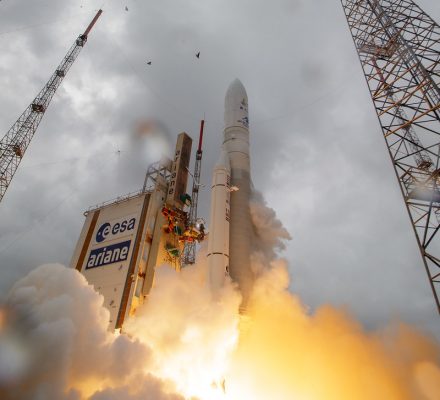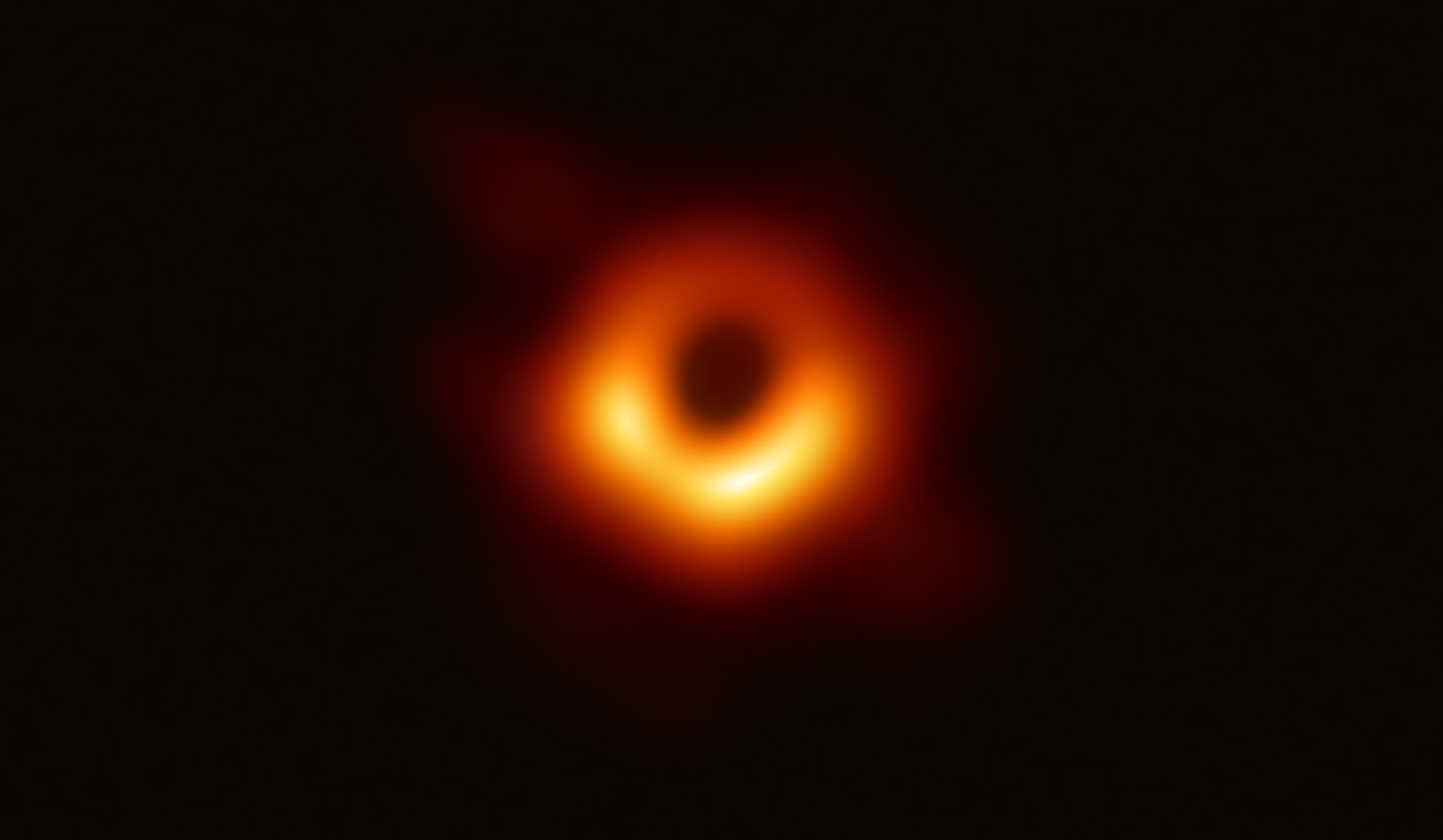A team led by Associate Professor of Astrophysics Chris Richardson of Elon has released new research that will be key to spotting intermediate-mass black holes in the early universe.
Throughout history, astronomers have cataloged scores of the largest black holes and the smallest. But what about those in between — those larger than the seed black holes that exist in the early universe but smaller than the supermassive black holes at the centers of all of the largest galaxies?
“We have observed hardly any of those,” says Chris Richardson, associate professor of astrophysics, said of mid-range black holes. “There is very little evidence of them. We have identified some, but in certain mass ranges, there are very few.”
But new research by Richardson’s research team could open the door to spotting scores of these so-called intermediate-mass black holes using the newly launched James Webb Space Telescope. The enhanced capabilities of the telescope coupled with new signatures identified by the research team, which includes Elon students and alumni, have laid the groundwork for spotting these black holes in dwarf galaxies.
The research is well-timed as the James Webb Space Telescope, which was launched last December, has now completed its final stage of alignment and is preparing to begin scientific operations in the summer.

The research was recently published in The Astrophysical Journal, a top publication in the field, and laid out the work conducted by Richardson and a team that also includes Connor Simpson ’21, Christopher Greene ’17 and Sam Jenkins ’20. It challenges the traditional assertion that intermediate-mass black holes in a certain range either don’t exist, or do exist but can’t be detected by current telescope technologies.
“What our paper says is that both those ideas are false,” Richardson says. “They are right there, and they are hiding in plain sight. We can see them now that we know what to look for.”
Part of the reason that these black holes have been overlooked in the past is that the research literature through time has narrowed the potential signatures that they could present when observed by a telescope. Most researchers were only looking for a single signature when seeking to identify intermediate-mass black holes.
“Unfortunately when you are only looking for that one signature, it creates a bias that means you likely won’t find them in dwarf galaxies,” Richardson says. “What our research does is gets back to the roots of finding them by exploring what happens when you use multiple signatures, and use them simultaneously, to try to identify these black holes.”
Where the James Webb Space Telescope comes in is its use of infrared technology that allows it to see through dust in the universe in a way that optical telescopes, like the famed Hubble Space Telescope, cannot.
“If these black holes are heavily obscured, you won’t be able to see them in the optical telescope, but you will see them with the infrared telescope and they will shine brightly,” Richardson says. “It allows us to look much deeper into the early phases of the university when these black holes were just coming into being.”
Contributing to the work was Simpson, who graduated in 2021 as Elon’s first astrophysics major and worked on ways to display the complex research data from simulations in a meaningful way. Greene and Jenkins worked on the computer code necessary for the computations. “Really, it’s been a truly collaborative effort,” Richardson says.
Thomas Vivona ’23 and Jordan Wels ’24 are continuing work similar to that outlined in the recently published article, with Wels recently selected to receive Elon’s Lumen Prize.
Co-authors for the article include Professor Sheila Kannappan from the Department of Physics and Astronomy at the University of North Carolina Chapel Hill and UNC graduate student Mugdha Polimera, who is advised by Kannappan and Richardson. In a separate paper, led by Polimera and Kannappan, a similar method using visible light was corroborated by theory from Richardson, which reached the conclusion that the fraction of dwarf galaxies harboring these black holes can be 16 times greater than previously thought
Richardson and his fellow researchers are now working to secure with the James Webb Space Telescope to leverage their research and begin identifying new intermediate-mass black holes in dwarf galaxies. Studying these black holes will fill in gaps of knowledge about the evolution of the universe.
“When we elucidate black hole evolution, we are also elucidating how galaxies evolve,” Richardson said. “Those are intimately linked, but we have had big pieces missing.”



